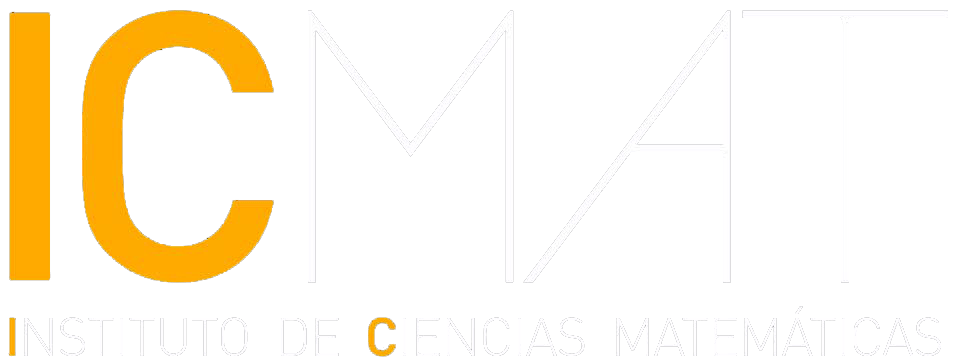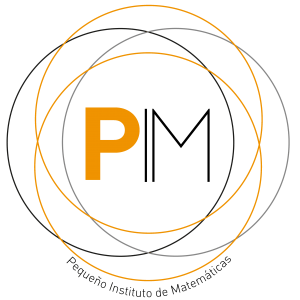Authors: Guillaume Aubrun, Ludovico Lami, Carlos Palazuelos (ICMAT-UCM) and Martin Plávala
Source: Geometric and Functional Analysis vol. 31, pages 181–205
Date of publication: 15 May 2021
Review:
The tensor product of cones appears naturally when one studies linear maps between cones (that is, positive operators). Given two cones C1 and C2, one can define two natural cones: the minimal one C1¤C2 := Conv{x1Äx2: x1ÎC1, x2ÎC2} and the maximal one C1✪C2 := (C1*¤C2*)*, where here C* denotes the dual cone of C.
In this paper the authors study the following fundamental question: for which pairs of cones (C1, C2), do we have that C1¤C2 = C1✪C2? This question dates back to the work of Barker and Namioka-Phelps in the 1970s. The main result provides a simple characterization of those cones for which the equality above holds, which was conjectured by Barker 40 years ago.
In order to state this main result in precise terms, we need to introduce some notation: Given a d-dimensional real linear space V, we say that C Ì V is a proper cone, if C is a closed convex cone such that C-C=V and CÇ (-C)={0}. Motivated by a physical interpretation of this problem, we say that C is classical if it is generated by a linearly independent set (or, equivalently, if it is linearly isomorphic to R d+). It is easy to see that if C1 or C2 is classical, then C1¤C2 = C1✪C2, and it was conjectured by Barker that the converse implication should also be true. The main result of the paper proves that conjecture: given two proper cones C1 and C2, then C1¤C2 = C1✪C2 if and only if one of the cones is classical.


